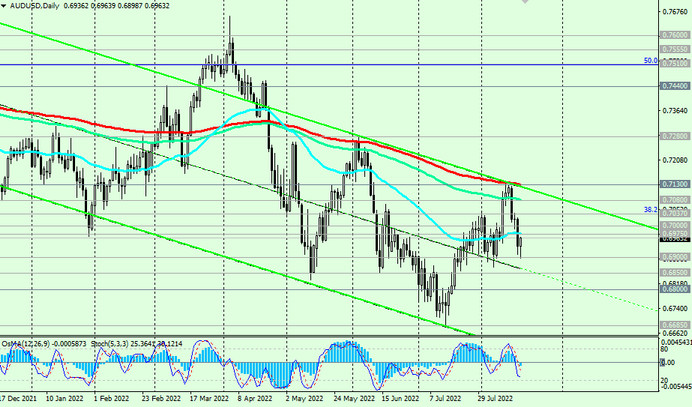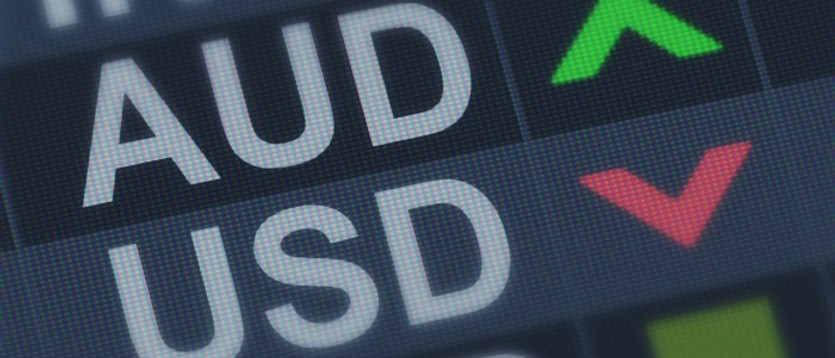The US dollar is strengthening again today, while the DXY dollar index is growing for the 5th day in a row. At the time of publication of this article, DXY futures are traded in close proximity to the local resistance level 107.00. Its breakdown will cause DXY to return to the rising channel on the daily DXY chart. Its upper limit is above 110.00. After the breakdown of the local multi-month high 109.14, reached in mid-July, the level 110.00 will become the next upside target for DXY.
Meanwhile, commodity currencies are also trying to develop an upward correction against the background of rising prices for oil and other commodities.
Thus, the Australian dollar, slightly bleeding from the disappointing report on the Australian labor market, published during today's Asian trading session, is trying to grow in tandem with the US dollar. As reported this morning by the Australian Bureau of Statistics, the employment indicator turned out to be negative. According to the data presented, the employment rate in Australia decreased in July (by -40.9 thousand), although the forecast assumed an increase of +25.0 thousand after the previous increase of +88.4 thousand in June.
At the time of publication of this article, the AUD/USD pair is traded near the 0.6963 mark, having rebounded from the local low of 0.6900, reached this morning.

However, the pair remains in the bear market zone below the key resistance levels 0.7130, 0.7280, also maintaining a tendency to further decline. Important economic indicators for Australia will be published only at the end of August, and in the dynamics of AUD/USD, one should be guided by the dynamics of the US dollar.
And it, judging by the tough intentions of the Fed's leaders to curb inflation, has the prospect of further growth, while some market participants include in prices lowering the interest rate by the Central Bank of Australia at a meeting in September.
As follows from the protocol published on Wednesday from the August meeting of the RBA, its leaders believe that “inflation will peak in 2022,” and then “inflation will again fall to the upper limit of the target range of 2 to 3 percent by the end of 2024.” Members of the Australian Central Bank management also noted "risks to the global outlook as downside", with "household spending dynamics" remaining the main source of uncertainty for the forecast.
Economists and observers note that, in general, the protocol (minutes) from the August meeting of the RBA published today can be characterized as "pigeon".





